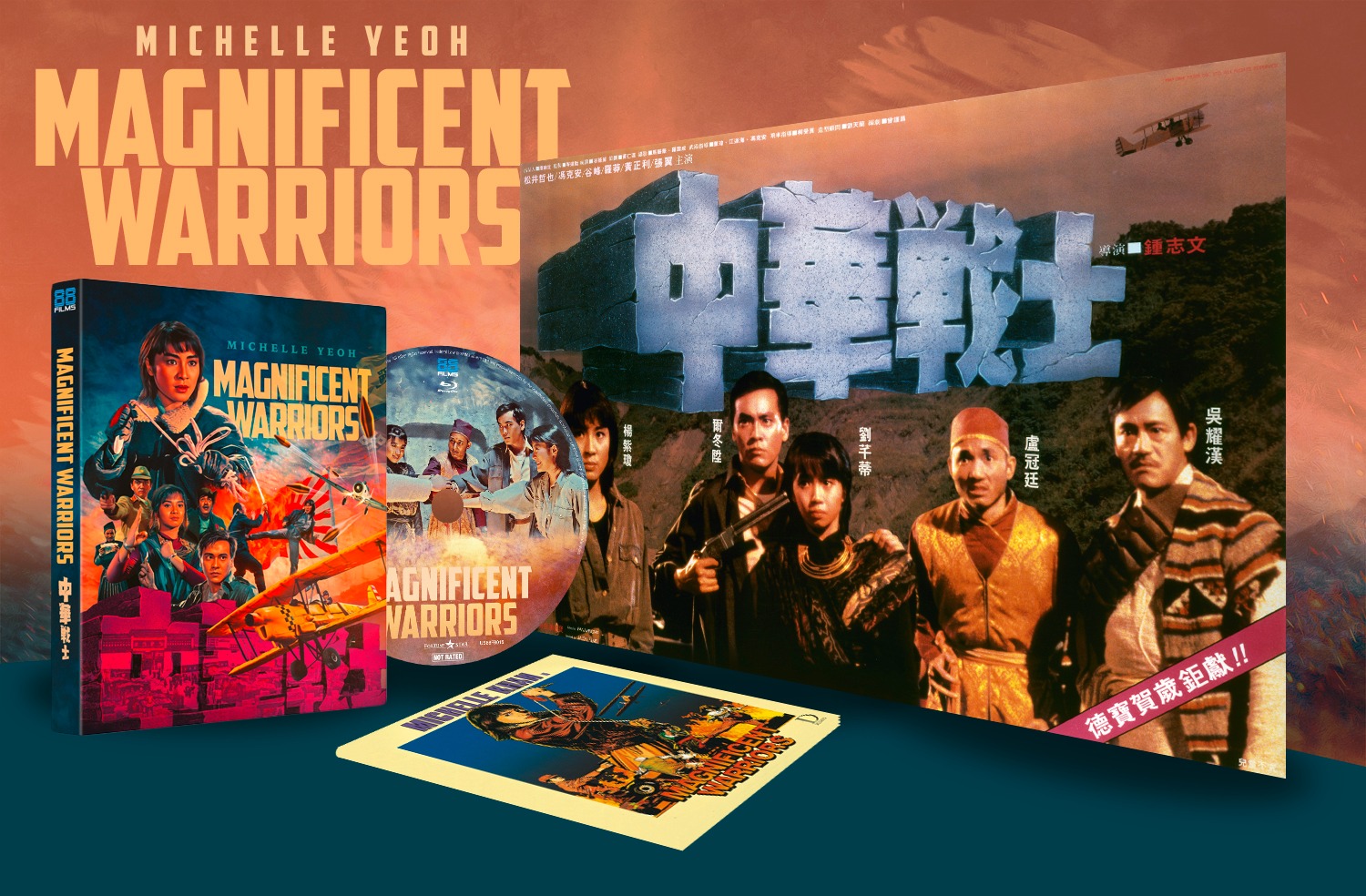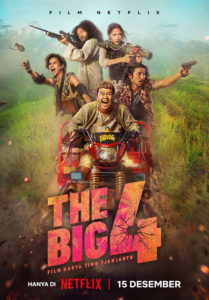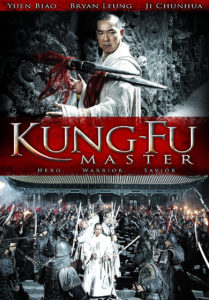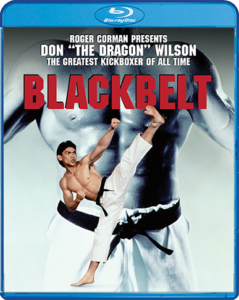In classical eras of film, there commonly existed a disconnect between the different regions of the world. The reasons for this disparity could be technical and cultural, but the outcome was the same. Asian cinema of the past was often relegated to international underappreciation. Today, this is no longer the case, with Parasite featuring heavily in the news when it won the Best Picture Oscar for example, and the future looks to carry this new standard as a permanent fixture in the filmmaking world. Looking at the technical side of this equation, we want to explore how systems and devices facilitated the age of cooperation and guaranteed a tighter bond going forward.
Production Streamlined
In an analog world, making changes to films could be a time-consuming and specialized task. Having to rely on dedicated and expensive machines could be problematic, where bottlenecks and inexperience could add complications to what could otherwise be a basic task. One of the most relevant examples of this difficulty came from the now-simple act of adding subtitles.
In older films, subtitles were used as a replacement for dubbing entire audio mixes in different languages, an even more costly pursuit. Early systems borrowed from the intertitles of soundless films, but since they were added after production was complete, they required a new printing of movies with extra elements added on top. Any mistakes here, in either translation or the printing process, could often not be fixed.
 “subtitleeditor” (CC BY 2.0) by xmodulo
“subtitleeditor” (CC BY 2.0) by xmodulo
Today, the creation of subtitles is easy with programs like Subtitle Edit or Jubler Subtitle Editor. These are free to use, and overlay the finished result over a film rather than baking it into film media. This means no recoding, no potential for loss of quality, and a simple way to fix mistakes. While the evolution of how subtitles work is just one part of the growing worldwide reach of Asian media, the rise of even amateur groups accomplishing this task show just how far this side of the industry has come.
Means of Delivery
On the other side of the equation is the greater ease of reach. In simple terms, the easier a form of entertainment is to access, the more people will engage, and this is a concept as old as time. Blackjack, for example, spread across the world in part because of how easy it was to play with just a pack of cards. This extended into the digital world with online casinos, and the ease of access to the blackjack strategy side of play further aided player adoption. Whether learning the rules or following Michael Shackleford’s famous advice, the doors are open.
In Asian cinema, it was the internet and streaming services that served to introduce the worldwide environment to what they’d otherwise miss. Whether looking on Netflix and Hulu for official and still licensed films or elsewhere for lost older movies, not having to visit small niche markets to find something new meant millions of new potential viewers.
 “netflix tv” (CC BY 2.0) by stockcatalog
“netflix tv” (CC BY 2.0) by stockcatalog
With fewer barriers to entry for films and easier viewing for audiences, technology has led to an era of unprecedented international access. This access has helped grow audience appreciation, increasingly proving to producers that it’s worth investing in taking Asian media to overseas markets. In an age where there’s more to watch than ever before, we’re only just winding up.






 RELEASE DATE: February 21, 2023
RELEASE DATE: February 21, 2023




















Be the 1st to Comment